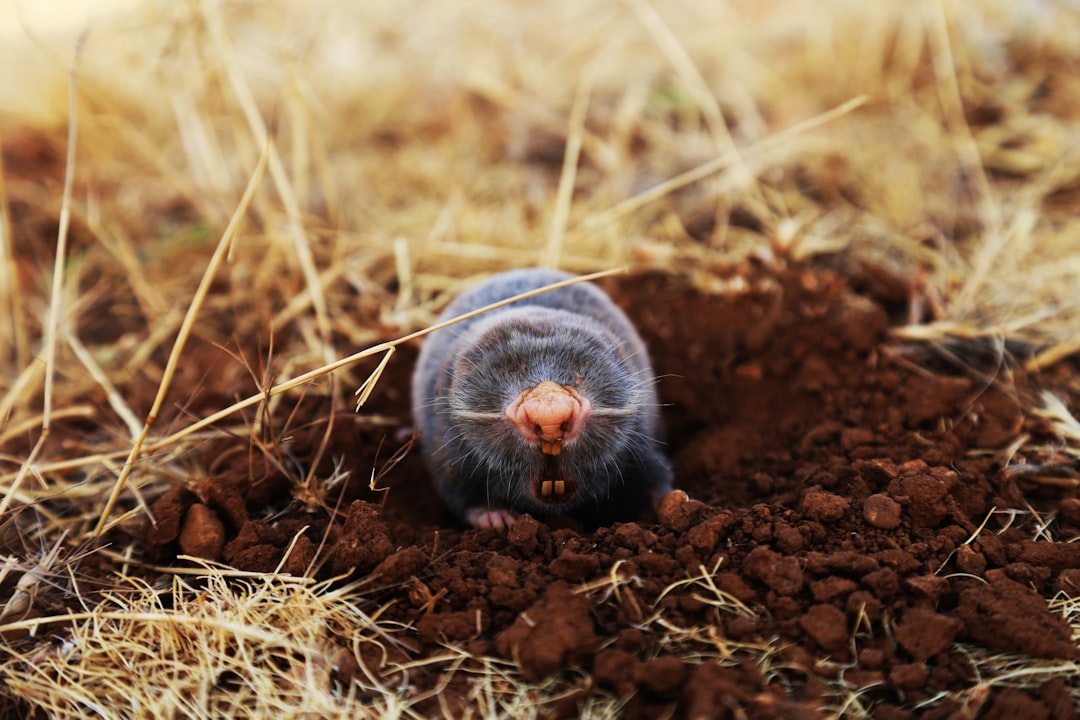What is it about?
A new technique that uses ultrasound to predict a racehorse’s likelihood of a return to racing after a tendon injury has been developed by researchers at the University of Nottingham, Oakham Equine Hospital and the world-famous Hong Kong Jockey Club. In this unique collaboration, the team has created a scoring system for grading tendon injuries in racehorses when they first occur and used this in a large study to determine which ultrasound features will predict whether or not the horse will successfully race again after rehabilitation.
Featured Image
Why is it important?
The new system will significantly improve racehorse welfare in both the short and long term. It will enable vets and racehorse trainers to make early and informed decisions on a horse’s future – whether to prescribe rest and recovery before racing again, rehabilitation for another career or immediate retirement. The researchers are also working with a leading veterinary ultrasound company, BCF Technology, to develop an App vets can use to record their ultrasound findings using the new scoring system.
Perspectives
Horse racing is an ancient and global sport with thoroughbred racing a multi-million pound industry that has been dubbed ‘the Sport of Kings’. There are around 14,000 horses currently in training in the UK alone. Not all will end up competing on the 60 racecourses throughout Britain but of those who do a relatively small percentage will suffer a tendon injury. A high proportion of these will not be fit to race again and will have to be retrained for an alternative career. Standard treatment for tendon injury in a racehorse is the 3 ‘Equine Rs’ – Rest (until able to race again), Rehabilitation (toward an alternative career) or Retirement. In this new study, researchers from Oakham Equine Hospital in the East Midlands, the Hong Kong Jockey Club and Nottingham Vet School developed a statistical model which related ultrasound changes in 469 racehorses when the tendon injury first occurred to the likelihood of that horse making a successful return to racing (defined as completing at least 5 races after rehabilitation). The data used in the study are unique in that the Hong Kong Jockey Club has standardised recording of clinical records for all racehorses over many years. All racehorses train and race on the same track, live together in the same racing yard and are attended to by the same vets. These characteristics enabled the researchers to perform a large-scale cohort study with long-term follow up of each injured racehorse. Their predictive model found that clinicians should concentrate on two main characteristics of the tendon injury, each easily assessed by ultrasound at first presentation; the cross-sectional area of the lesion and the extent of disruption to the normally highly-ordered pattern of tendon fibres.
Professor David S Gardner
University of Nottingham
Read the Original
This page is a summary of: Ultrasonographic-based predictive factors influencing successful return to racing after superficial digital flexor tendon injuries in flat racehorses: A retrospective cohort study in 469 Thoroughbred racehorses in Hong Kong, Equine Veterinary Journal, February 2018, Wiley,
DOI: 10.1111/evj.12810.
You can read the full text:
Contributors
The following have contributed to this page










